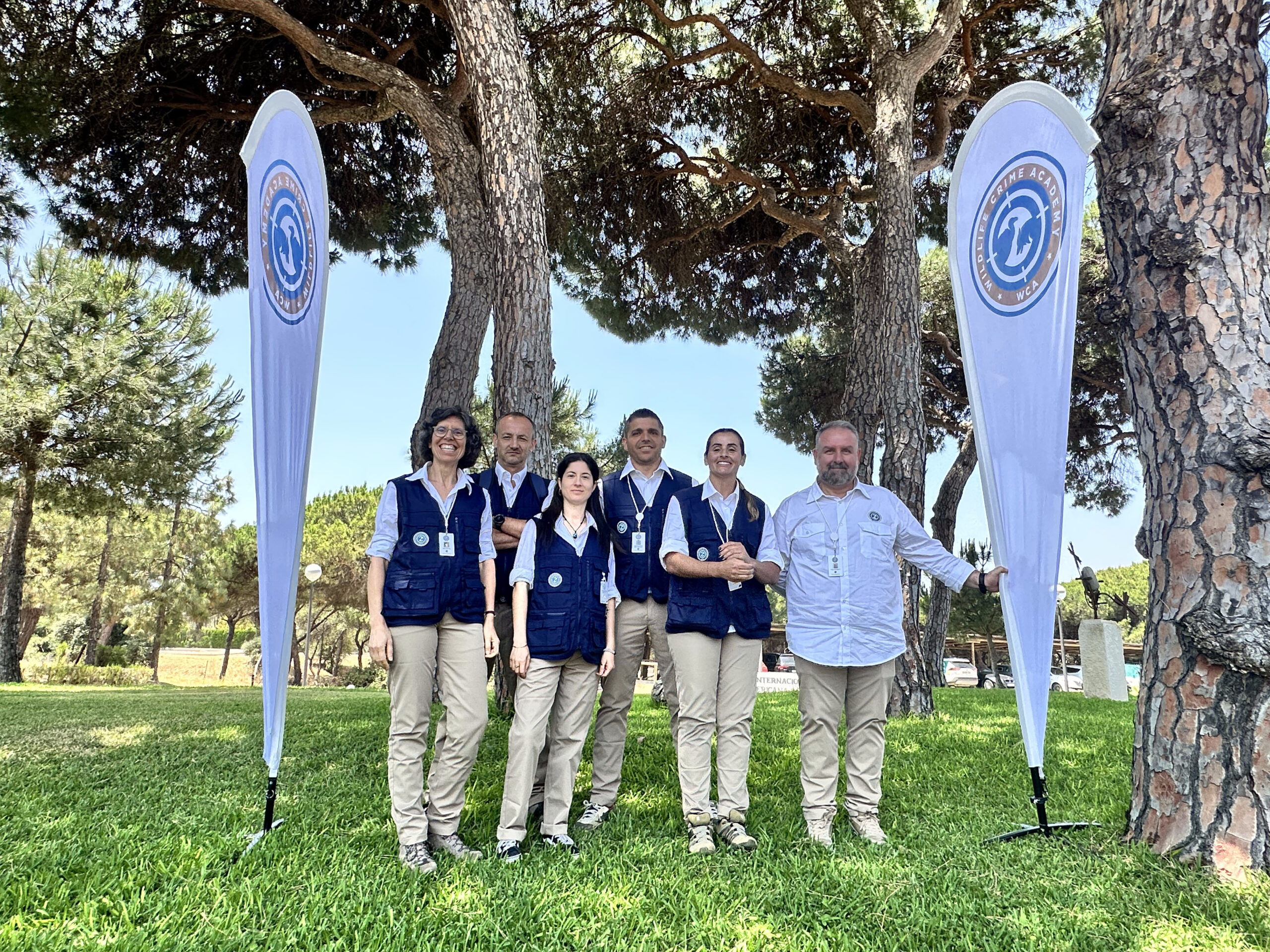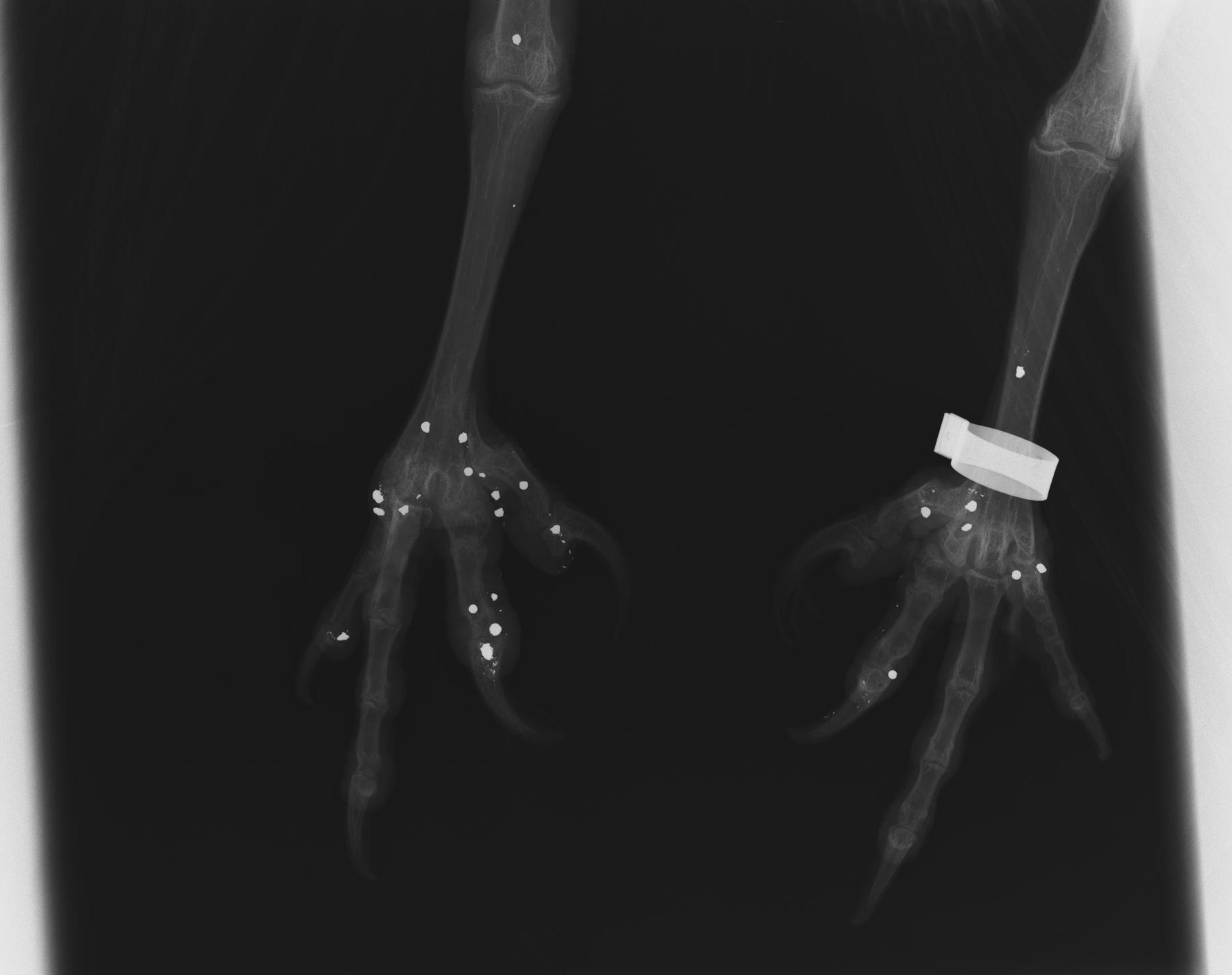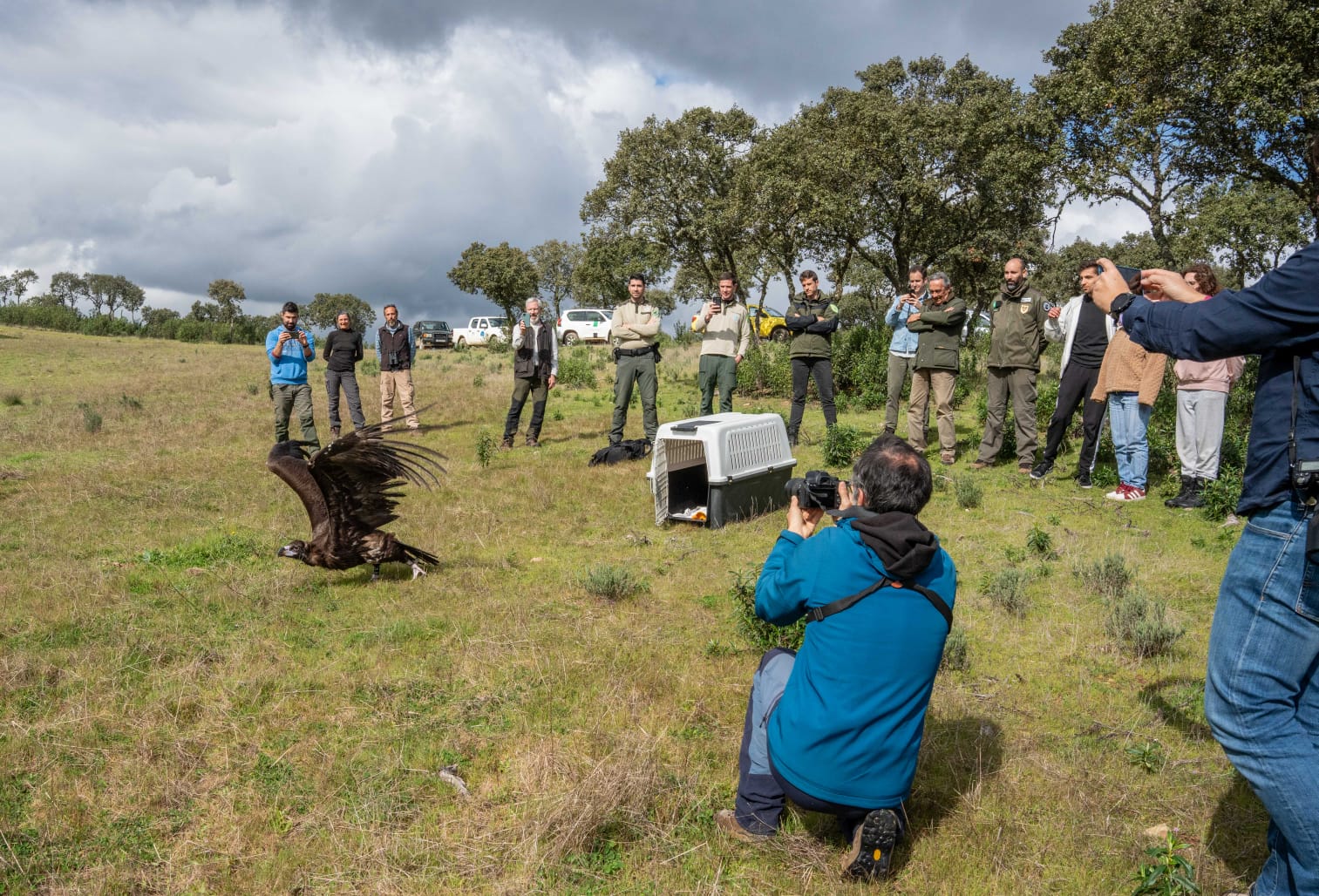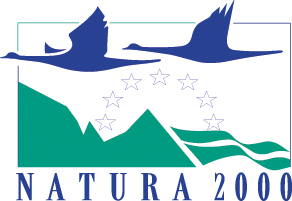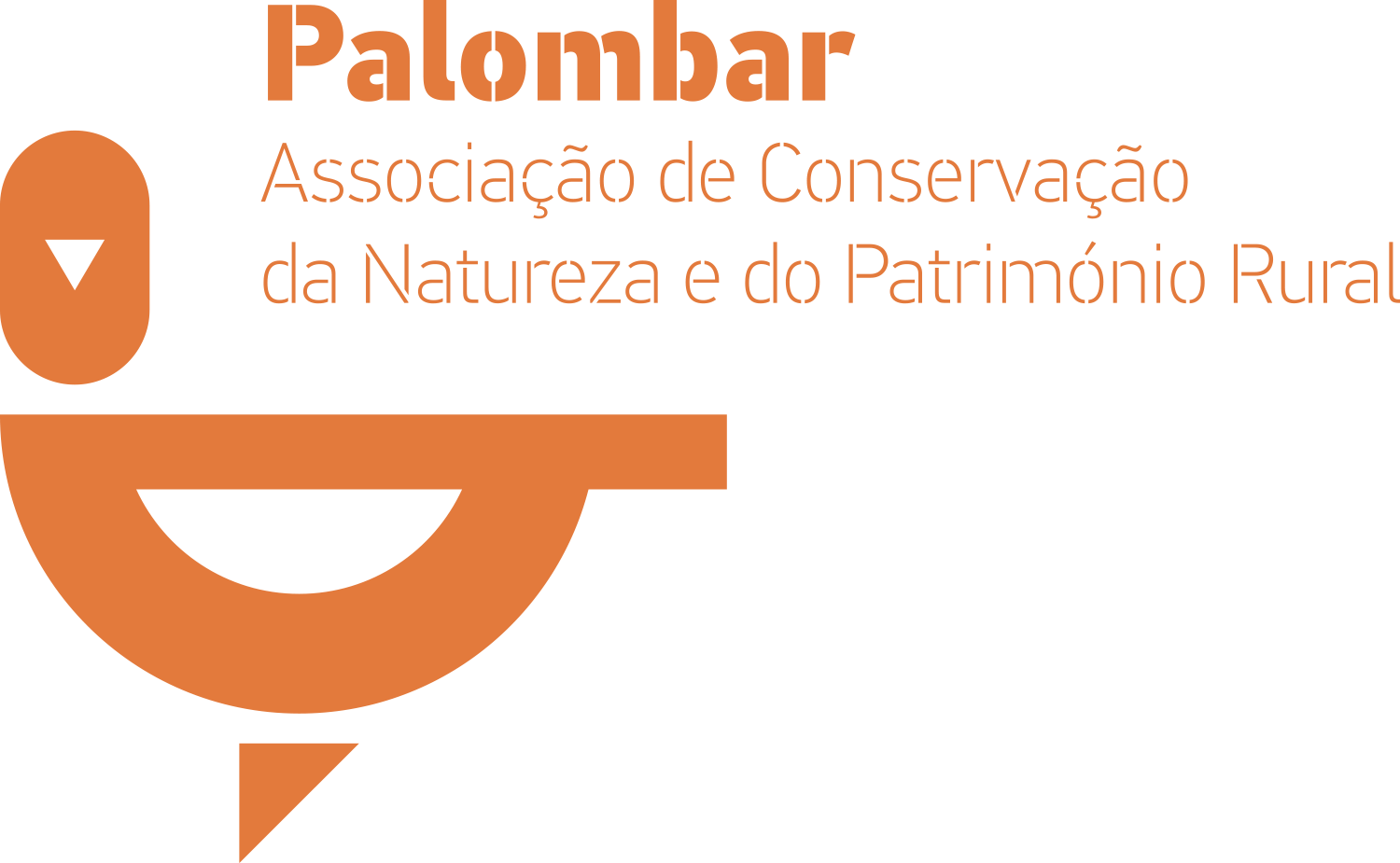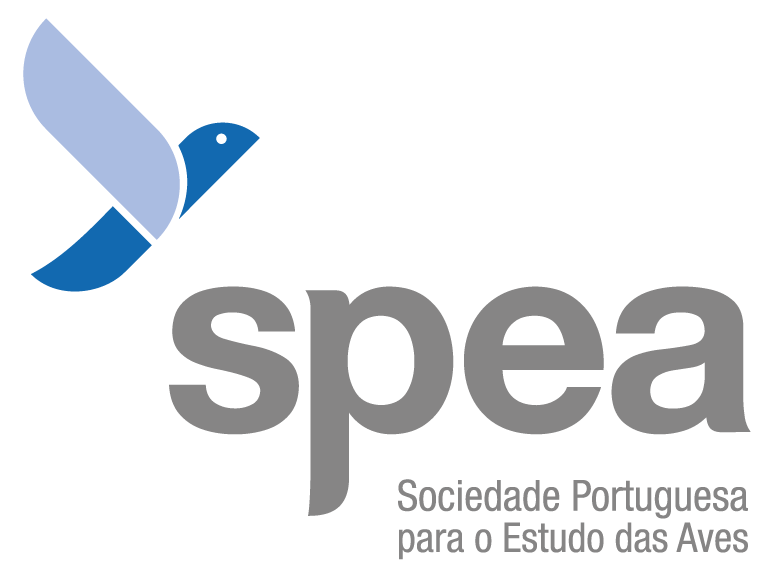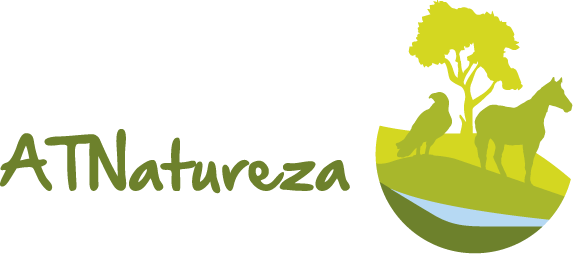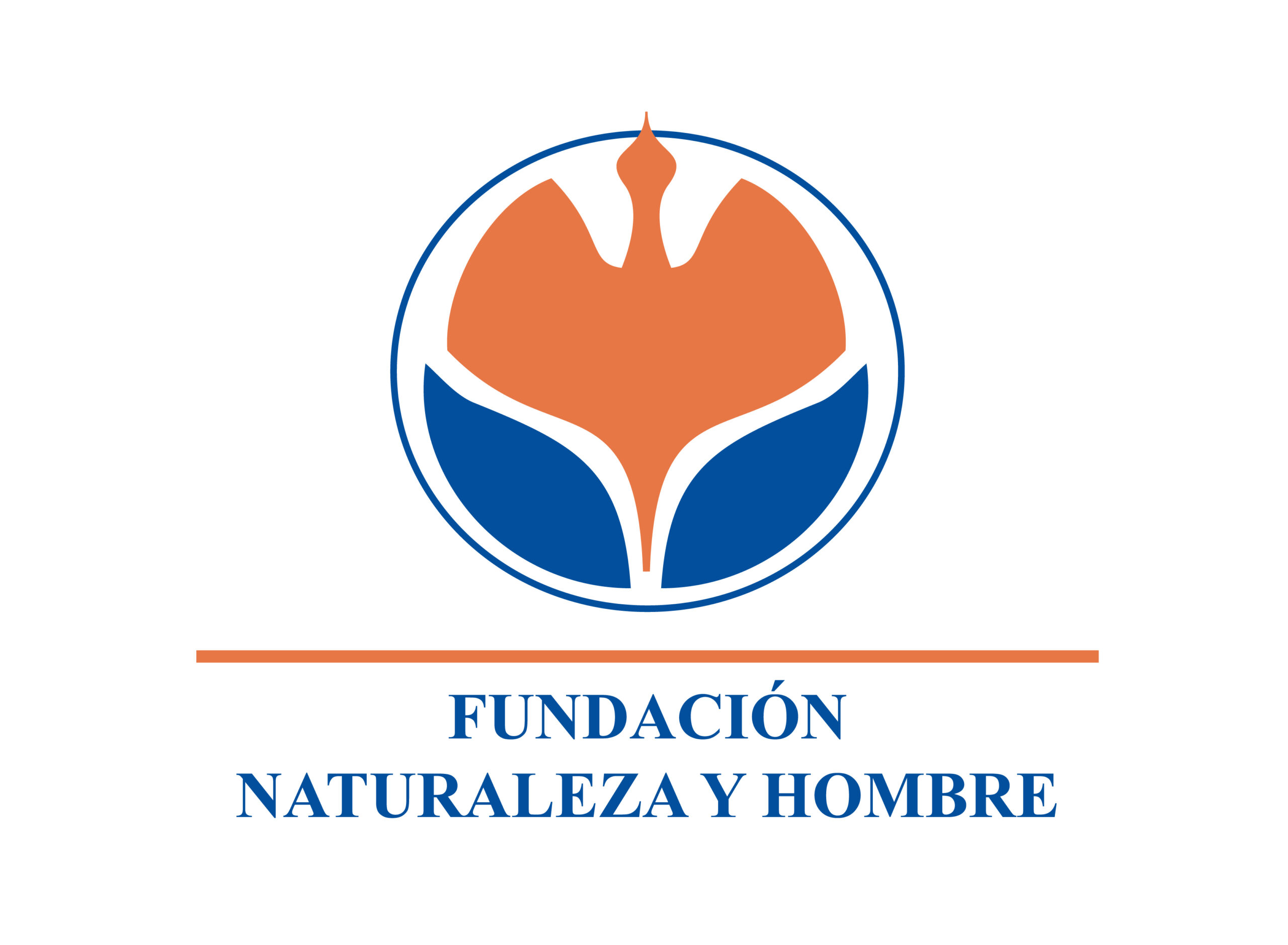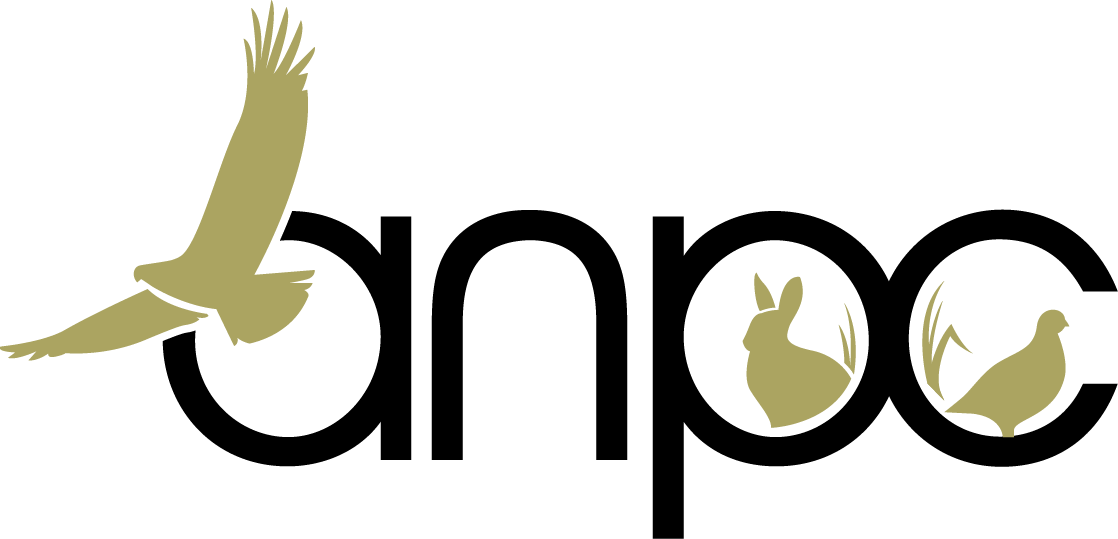LIFE Aegypius Return
Consolidating and expanding the Cinereous Vulture population in Portugal and Western Spain
The Cinereous Vulture in Portugal and Spain through the years
20th Century
Formerly widespread in Iberia, the Cinereous Vulture was becoming increasingly scarce in the region over the 20th Century due to habitat loss, wildlife poisoning and direct persecution.1970s
The species is in trouble. The Cinereous Vulture breeding population went extinct in Portugal, and only around 200 pairs remained in Spain in 1973.From the late 1980s onwards
Cinereous Vulture numbers start recovering in Spain following the implementation of legal protection and targeted conservation measures.2010
The Cinereous Vulture naturally recolonises Portugal four decades following its extinction when birds from nearby Spanish breeding colonies began to nest there thanks to the expansion of the population in Spain and after conservation actions improved conditions for scavenging birds in Portugal.2022
The number of Cinereous Vulture pairs increased to 40 in Portugal, but the population and breeding colonies remain fragile, and the recolonisation process is too slow and limited. Urgent action is needed.LIFE Aegypius Return launched in 2022 to consolidate, enhance and accelerate the return of Cinereous in Portugal and Western Spain using a transnational and multidisciplinary approach.
Objectives and Scope
The long-term project objective is to secure a favourable conservation status for the Cinereous Vulture in Portugal.
PROJECT OBJECTIVES

Double the breeding population in Portugal from 40 to 80 pairs

Increase breeding success

Downgrade national status from Critically Endangered to Endangered

Enhance the connectivity between colonies
Actions
The project team strives to achieve the project objectives by improving the Cinereous Vulture's habitat and foraging conditions,reinforcing the population, limiting threats and developing national capacities across ten Natura 2000 sites along almost the entire Spanish-Portuguese border.
Funder and Partners
LIFE Aegypius Return is co-financed by the EU’s LIFE Programme and has a budget of 3.7 million euros. Its success relies on the involvement of all relevant stakeholders and the extensive collaboration of the leading project partner, the
Vulture Conservation Foundation (VCF), with all local partners:
Palombar – Conservação da Natureza e do Património Rural,
Herdade da Contenda,
Sociedade Portuguesa para o Estudo das Aves,
Liga para a Proteção da Natureza,
Associação Transumância e Natureza,
Fundación Naturaleza y Hombre,
Guarda Nacional Republicana e Associação Nacional de Proprietários Rurais and
Associação Nacional de Proprietários Rurais Gestão Cinegética e Biodiversidade.
It’s Cinereous Vulture tagging time!
July 2, 2025
GPS/GSM tagging provides essential information for the conservation of the species. In ...
Read More →
Portugal joins international efforts to combat wildlife crime
June 24, 2025
Illegal killing, poisoning, trafficking and other wildlife crimes are not only threatening ...
Read More →
All together for the Cinereous Vulture: LIFE Aegypius Return joins partners and stakeholders for the 4th time
May 26, 2025
LIFE Aegypius Return partners and Portuguese and Spanish authorities got together in ...
Read More →
Six more Cinereous Vultures join the soft release programme to strengthen the Douro International colony
March 27, 2025
Last week, a new group of six Cinereous Vultures (Aegypius monachus) joined ...
Read More →
LIFE Aegypius Return unlocks food reinforcement for vultures in southern Portugal
March 3, 2025
First private unfenced feeding areas for vultures approved at Herdade da Contenda ...
Read More →
Shooting threatens the recovery of the Cinereous Vulture in Portugal: three recently shot birds spark unified condemnation
February 26, 2025
Among the victims were two birds tagged with GPS/GSM transmitters as part ...
Read More →
Meet Natator: the Cinereous Vulture who swam for his life between Portugal and Spain
February 24, 2025
Natator was rescued on an international mission, recovered and released back into ...
Read More →
Human factors dominate Cinereous Vulture mortality in the Iberian Peninsula
February 12, 2025
The LIFE Aegypius Return project is dedicated to the conservation of the ...
Read More →
Reinforced monitoring for the newest Cinereous Vulture colony in Portugal
February 3, 2025
Herdade do Monte da Ribeira, the national authority, and LIFE Aegypius Return ...
Read More →
A year of progress: Milestones of the LIFE Aegypius Return project in 2024
December 21, 2024
The LIFE Aegypius Return project continues its bold mission to bring the ...
Read More →
There are already 22 artificial nests for Cinereous Vultures to nest in Douro International
December 17, 2024
The cross-border Cinereous Vulture (Aegypius monachus) breeding colony in the Douro International ...
Read More →
LIFE Aegypius Return promotes good practices in the management of supplementary feeding for vultures
December 12, 2024
The LIFE Aegypius Return project organised a technical visit to Herdade da ...
Read More →
New animation video: Securing the Cinereous Vulture’s future in Portugal and Western Spain
December 6, 2024
The return of the Cinereous Vulture to Portugal is a powerful symbol ...
Read More →
Cinereous vulture increases to more than 108 nesting pairs in Portugal
November 25, 2024
The LIFE Aegypius Return project closes its second breeding season with optimism. ...
Read More →
The return of a giant: Introducing the new LIFE Aegypius Return animation video
November 15, 2024
In a remarkable tale of conservation and recovery, the Cinereous Vulture (Aegypius ...
Read More →
Cinereous Vultures soft released to freedom in Douro International, Portugal
November 5, 2024
Four Cinereous Vultures are set to strengthen Portugal’s most isolated breeding colony, ...
Read More →
Vultures: pop culture icons or the curse of bad PR?
October 29, 2024
From politics to memes and literature, vultures are all the rage – ...
Read More →
There are at least two suspected cases of wildlife poisoning per month in Portugal
October 17, 2024
Despite the serious consequences of wildlife poisoning for biodiversity and public health, ...
Read More →
When vultures doodle: Raia’s GPS flight path art
September 24, 2024
Who knew vultures could be artists? Meet Raia, a young Cinereous Vulture ...
Read More →
Technology and monitoring in the service of Cinereous Vulture conservation
September 5, 2024
GPS/GSM transmitters help reduce mortality, but not all stories have a happy ...
Read More →
LIFE Aegypius Return: 34 Cinereous Vulture chicks already tagged
August 8, 2024
The “tagging season” of Cinereous Vulture (Aegypius monachus) chicks ended at the ...
Read More →


